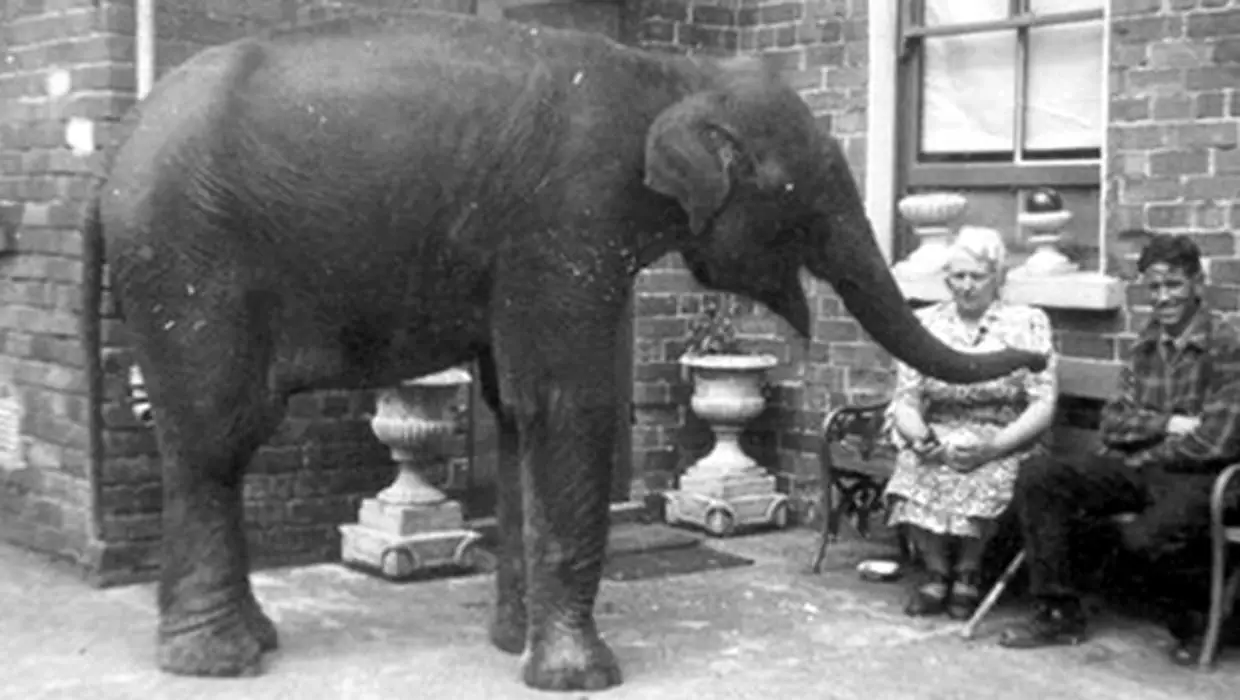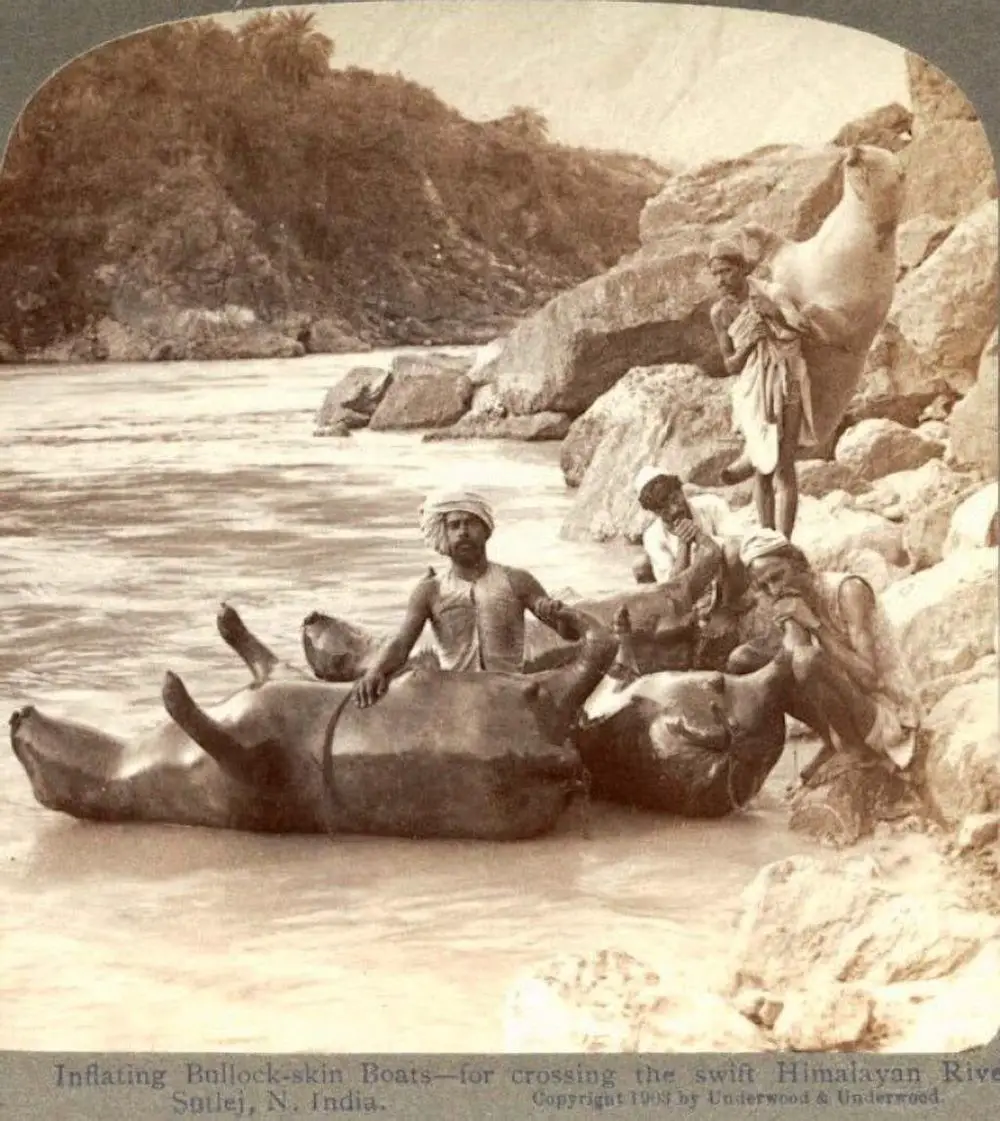During the late 1800s, shops underwent significant transformations. Elaborately decorated shop fronts and the advent of gas lighting extended business hours, turned shopping into a social and cultural experience.
The mid-19th century, specifically from 1850 to 1870, the Victorian period in Britain was often referred to as the ‘Golden Years’ due to its prosperity.
The national income saw a significant increase, largely fuelled by the industrial boom in sectors such as textiles and machinery, and the extensive global trade and engineering network that yielded substantial profits for British merchants and professionals worldwide. Despite this economic growth, the era was also marked by widespread poverty.
Contents
- Shops in England
- London’s Smallest Shop
- Banana Trade
- Coffin Makers
- Taxidermy Shops
- Shop in The USA
- Post Offices
- Pharmacy Stores
- Grocery Stores
Preserving perishable foods was a considerable challenge during the Victorian era, leading people to shop daily for small quantities of groceries. The absence of supermarkets meant reliance on small specialty stores that remained open six days a week, closing only after serving the last customer of the day.
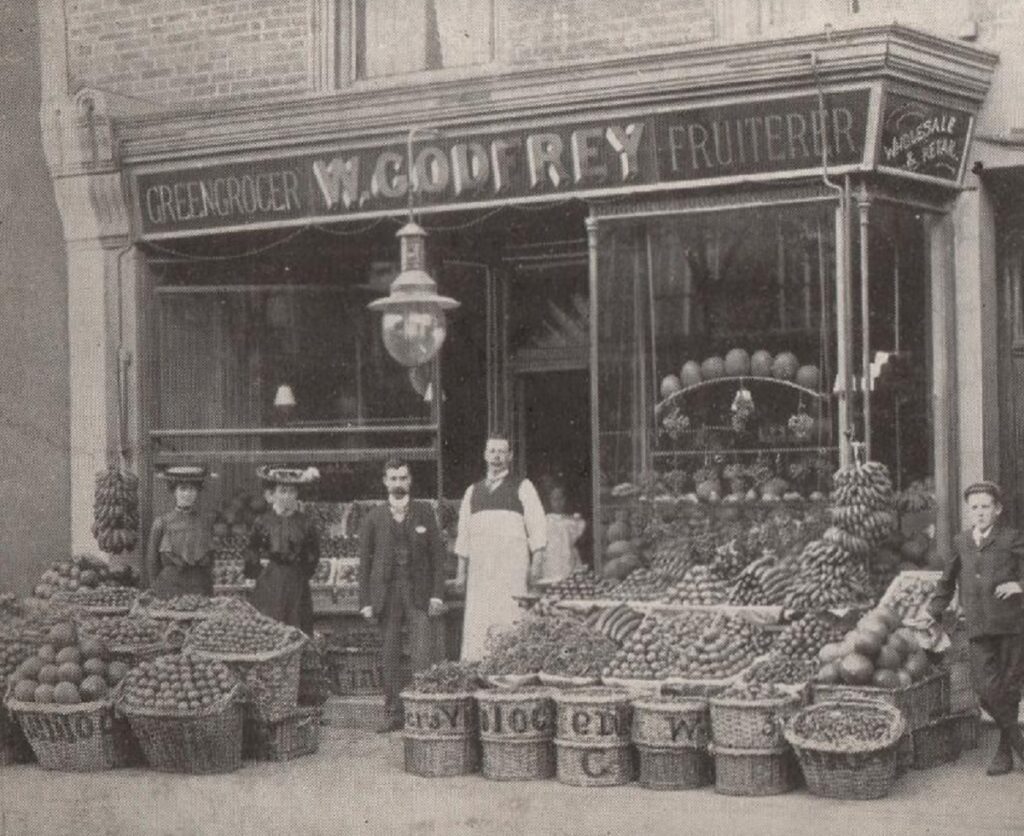
Economically disadvantaged individuals often turned to street vendors or market sellers, who offered goods at lower prices compared to traditional shops.
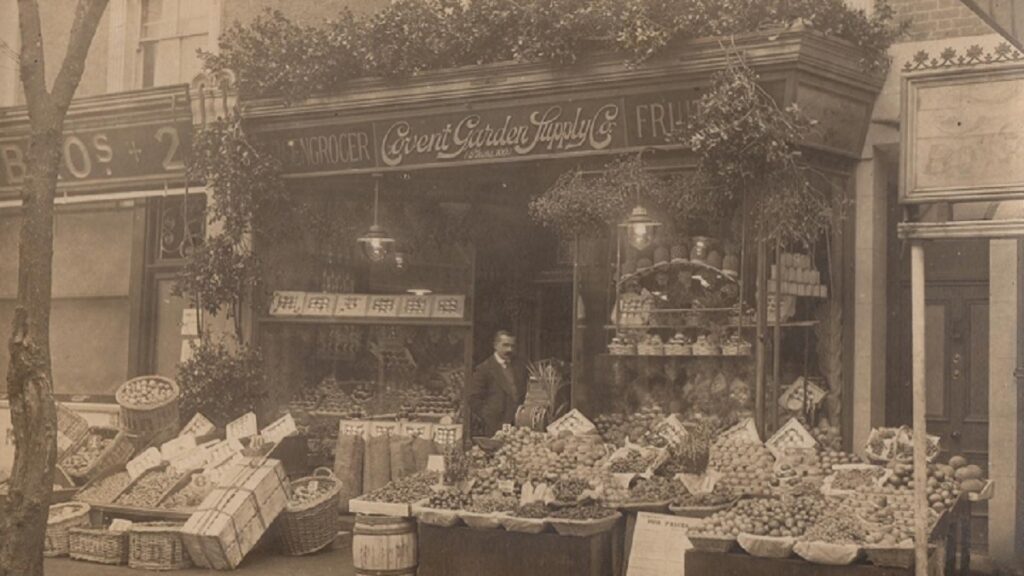
Meanwhile, the United States was experiencing a period of swift expansion. This era juxtaposed the bustling, modern life in New York City, complete with its buildings, theaters, and emerging technologies, against the backdrop of the unfolding Wild West, the Civil War, and the ongoing persecution of Native Americans.
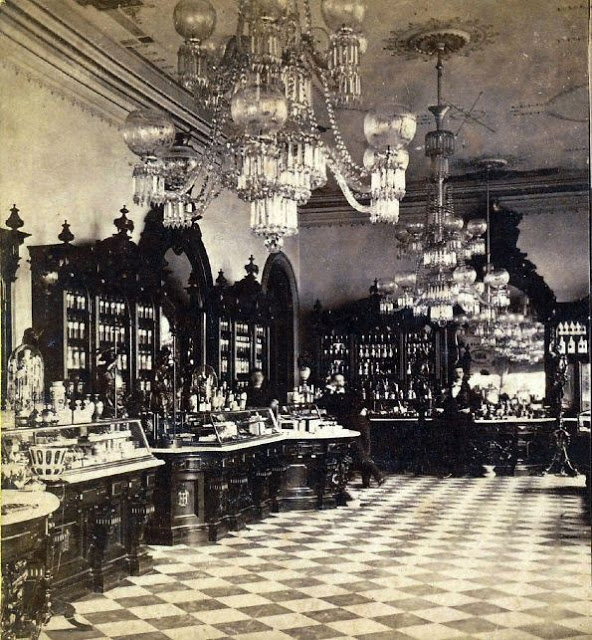
Our photo collection showcases the appearance of Victorian shops in Britain alongside the diverse store fronts found in the USA during the same period.
Shops in England
The 19th century witnessed a significant population boom in Britain, propelled by the Industrial Revolution, leading to rapid urbanization. This surge in population kept wages low, barely enough for basic living, amidst a backdrop of scarce and costly housing.
Read more: Timber Rafts: The Epic History of Rafting Logs Downriver
This scarcity led to overcrowded living conditions, especially in London, where the population exploded. Large residences were subdivided into flats and tenements, evolving into slums due to neglect by landlords.
Kellow Chesney vividly described the grim reality of metropolitan slums, highlighting the stark living conditions where dozens might share a single room. This period also saw significant reforms in the British Poor Law system, which expanded the workhouse system across England, Wales, Scotland, and Ireland.
London’s Smallest Shop
The image below capture what was known as “the smallest shop in London” during the 1910s, a remarkable sight from the past.

Located at 4 Bateman Street in Soho, this unique establishment operated as a cobbler’s shop, measuring merely six feet in length, five feet in height, and two feet in depth. At the time, the shop’s rent stood at three pounds weekly, an amount that translates to approximately £350 in today’s currency.
The photographs highlight the shop’s minuscule size, with the cobbler working in a space where his head would be at the level of the street. The profession of cobbling or shoe repairing has significantly declined, as modern consumers tend to replace their footwear rather than opting for repairs.
Read more: The Oseberg Ship: Unveiling a Viking Masterpiece
Presently, 4 Bateman Street finds itself nestled between the well-known Simmons cocktail bar and a Turkish kebab outlet, signifying the area’s evolution.
Banana Trade
Bananas were virtually unknown in the UK until the late 19th century. They were grown in tropical regions of Africa, Asia, and Central America but had limited distribution due to their perishable nature and the lack of efficient transportation.
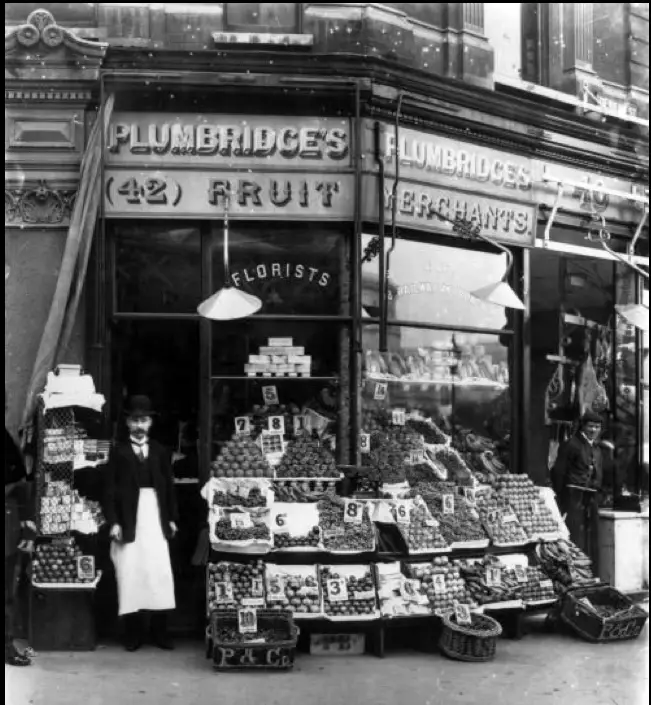
The first recorded shipment of bananas to the UK occurred in the 1880s by Elders & Fyffes. Elders & Fyffes started importing bananas to the UK from the Canary Islands through Southampton Docks. The trade grew and from the 1930s, millions of bananas were imported to Southampton from the Caribbean in specially-built ships.
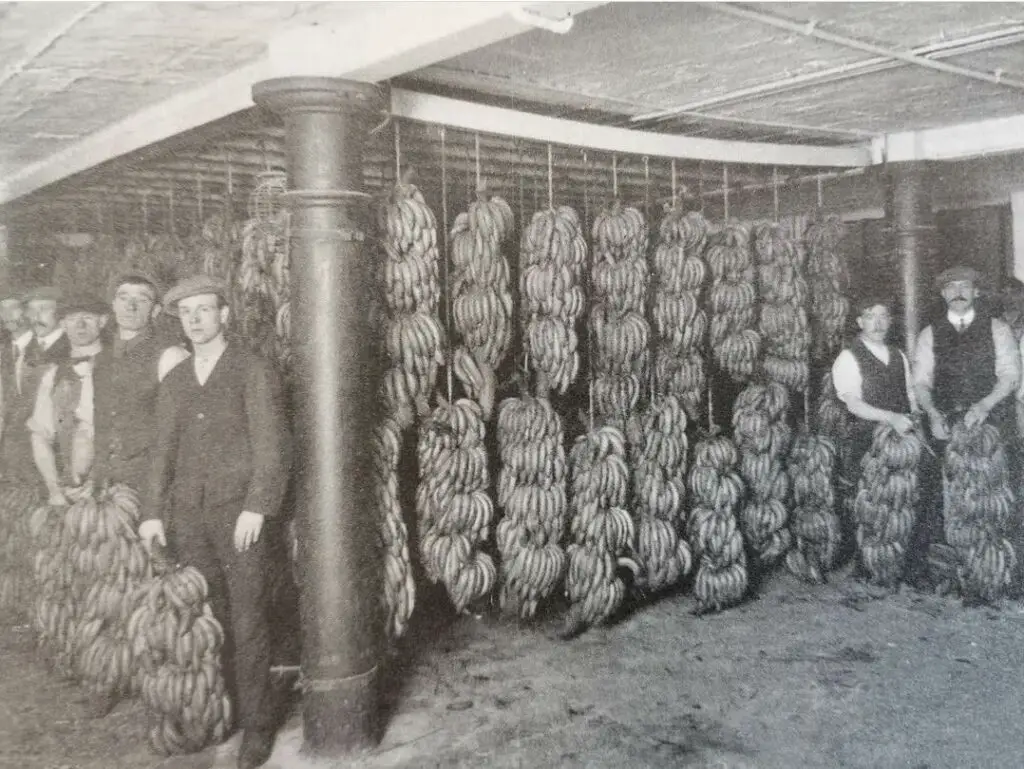
But as the trade grew, labour conditions on banana plantations were often atrocious. When underpaid workers at a plantation on Colombia’s Caribbean coast struck for better working conditions in 1928, they were gunned down by Colombian troops probably called in at the behest of the United Fruit Company.
Coffin Makers
In the Victorian era, the UK saw a unique and intricate relationship with death, manifesting in elaborate mourning traditions and a significant industry dedicated to funeral services, including the craftsmanship of coffins.

Coffin makers, or undertakers as they were often known, played a crucial role in the period’s funeral practices. During this time, the design and construction of coffins became more elaborate, reflecting the social status and wealth of the deceased.
Read more: Trail Trees: Ancient Native American Sign Posts
The use of high-quality woods like mahogany and oak, along with detailed embellishments such as brass handles and nameplates, were common among the upper classes. These coffins were often custom-made, with craftsmen taking great care to ensure the final product was both dignified and suited to the solemn occasion.
The mid-to-late Victorian era also saw the introduction of new practices and innovations in the field of coffin making. This period witnessed the patenting of the first metallic coffins, designed to better preserve the body and deter grave robbers, a testament to the Victorian obsession with post-mortem security and preservation.

Additionally, the use of “safety coffins” equipped with bells and breathing tubes emerged, catering to the pervasive fear of being buried alive. These developments not only illustrate the era’s fascination with death but also highlight the adaptability and ingenuity of coffin makers in meeting the demands of the time.
The profession of coffin making in the Victorian era was deeply rooted in the community. Local coffin makers served not just as craftsmen but also as important figures in the mourning process, often providing counsel and support to grieving families.
Read more: 6 Animals Humans Sent Into Extinction
They worked closely with other funeral service providers, including florists and carriage drivers, to ensure that funerals were conducted with the utmost respect and efficiency.
Taxidermy Shops
During the Victorian period in England, taxidermy rose to prominence as a highly regarded and fashionable pursuit, mirroring the era’s fascination with nature, exploration, and the macabre.
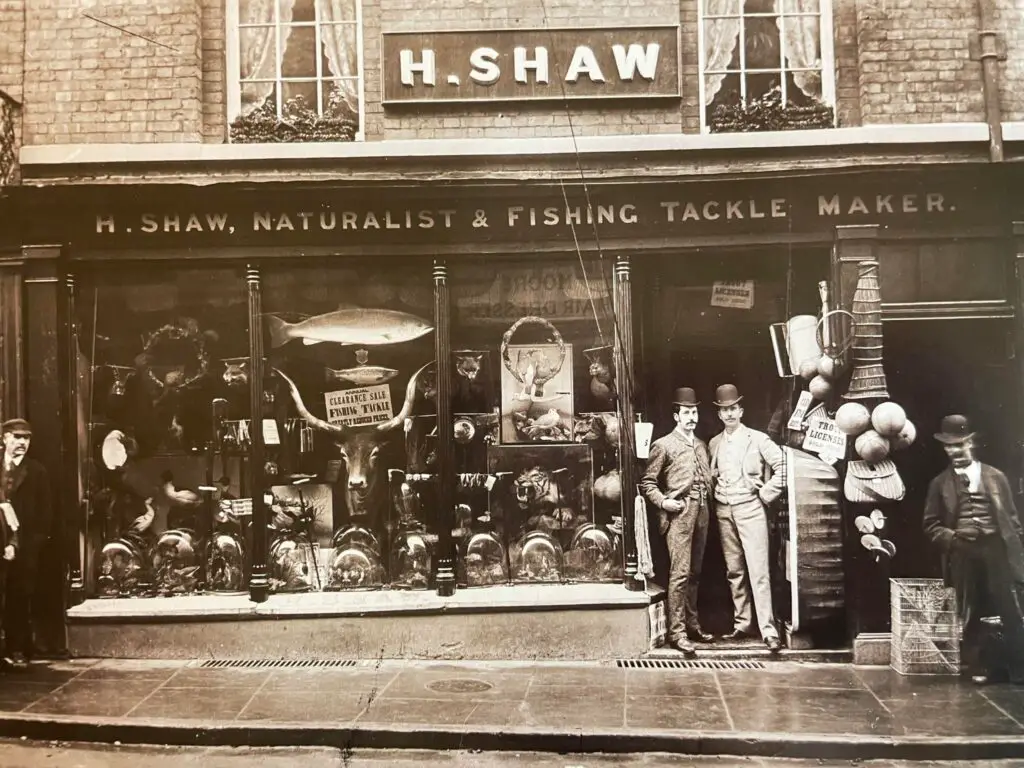
Taxidermy shops, often run by skilled artisans, became wonderous places where the natural world was preserved and displayed in all its glory. These establishments catered to a society eager to bring the exotic and the wild into their homes and institutions, showcasing animals from across the British Empire and beyond.
The Victorian era’s hunger for knowledge and the exotic made taxidermy a fashionable addition to drawing rooms, educational institutions, and museums, serving both as décor and as a tool for scientific study.
The craftsmanship involved in Victorian taxidermy was intricate and detailed, with taxidermists striving to achieve lifelike representations of the animals they preserved. These artisans were masters of their craft, often doubling as naturalists who contributed to the scientific knowledge of the time.
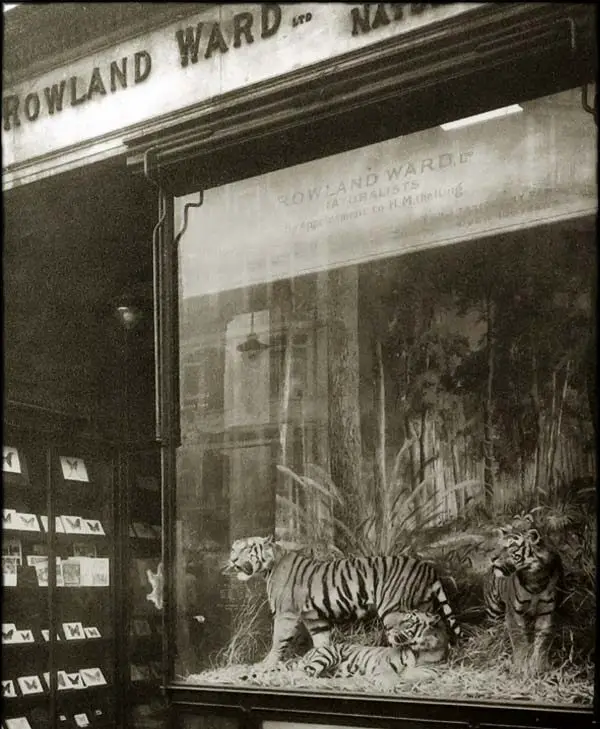
Taxidermy shops in Victorian England were not just places of commerce; they were workshops where art met science. The taxidermists employed techniques that included careful skinning, preserving, and mounting of specimens, ensuring that the animals appeared as realistic as possible. They often worked closely with hunters, explorers, and collectors, providing a service that was both artistic and educational.
Read more: Quarter of a Million Abandoned Graves
Moreover, the taxidermy shops of Victorian England played a significant role in the era’s social and cultural life. They were gathering spots for enthusiasts, scholars, and the merely curious, providing a space where people could marvel at creations that were as educational as they were decorative.

The art of taxidermy was seen as a way to conquer death by preserving life’s forms for posterity, a concept that resonated deeply with the Victorian mindset.
However, the popularity of taxidermy in Victorian England also had its darker aspects, including the exploitation of wildlife and the colonial undertones of collecting exotic specimens from around the globe. The demand for taxidermied animals led to overhunting and the depletion of some species, raising ethical concerns that continue to be debated today.
Shops in the USA
Shopping in the 1800s in the USA underwent significant transformations, due to the country’s economic development and changing social landscape. At the beginning of the century, shopping was primarily a personal and localized experience. Goods were bought and sold at general stores, local markets, or directly from artisans and farmers.
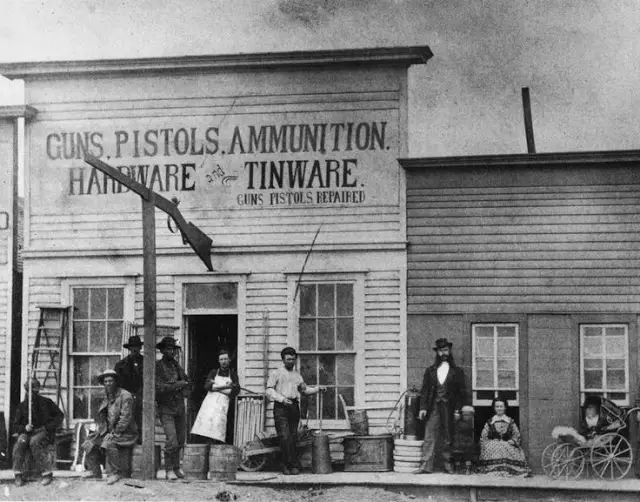
These general stores were pivotal in small towns and rural areas, offering a wide range of items from food staples to tools and fabrics. Customers would barter or pay with cash, and the store often served as a community hub where people shared news and socialized.
Read more: The Agia Sophia Cave: A Haven of Devotion
The lack of widespread branding meant that goods were often sold in bulk, without packaging, and the quality and availability could vary greatly from one region to another.
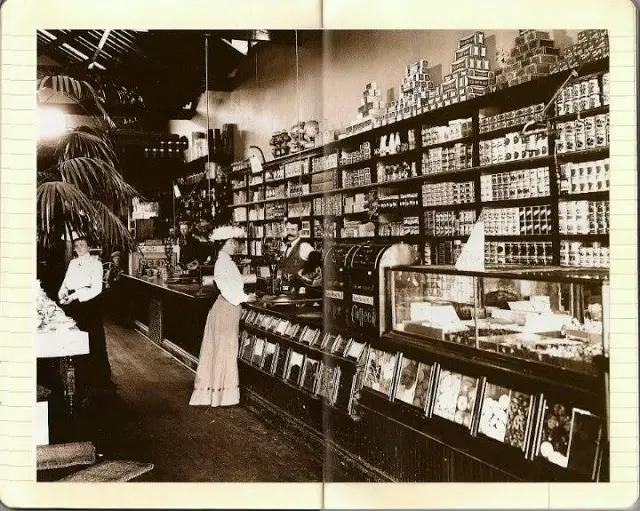
As the century progressed, the Industrial Revolution began to reshape the American retail landscape. The advent of mass production and the expansion of the railway network made a wider variety of goods more accessible and affordable to the general public.
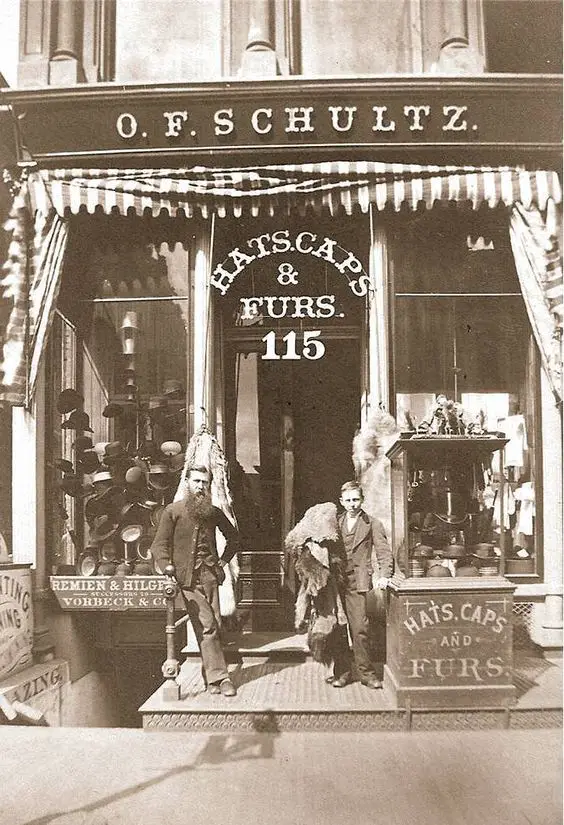
Mail-order catalogs, such as those introduced by Montgomery Ward and Sears, Roebuck & Co., revolutionized shopping by allowing rural customers to access an extensive array of products without leaving their homes. These catalogs offered everything from clothing and household items to farm equipment and prefabricated houses, bringing the latest trends and innovations directly to the doorsteps of consumers across the nation.
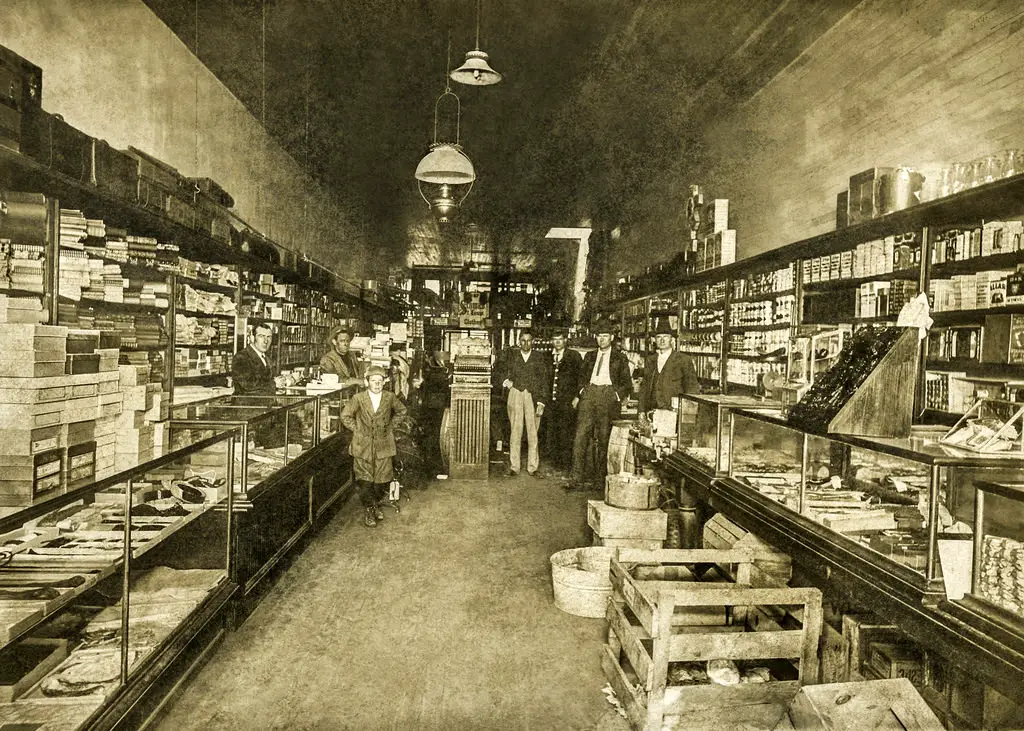
Towards the end of the 1800s, the foundation for modern retailing began to emerge with the opening of the first department stores. These stores, like Marshall Field’s in Chicago and Macy’s in New York City, transformed shopping into an experience.
Read more: Titanic Brought to Life: Colorized Images of the Iconic Vessel
With their large, elegant buildings, they provided a wide range of products under one roof, organized into different departments for easier browsing. The introduction of fixed pricing, return policies, and advertising in newspapers and on billboards made shopping more straightforward and reliable. Department stores became not just places to purchase goods, but destinations for entertainment and leisure, offering tea rooms, fashion shows, and window displays.
Post Offices
In the 1800s, post offices played a pivotal role in the social and economic world of American life, serving as vital conduits for communication across the burgeoning nation. During this era, the United States was undergoing rapid expansion, with its borders stretching westward and new communities emerging far from established urban centres.
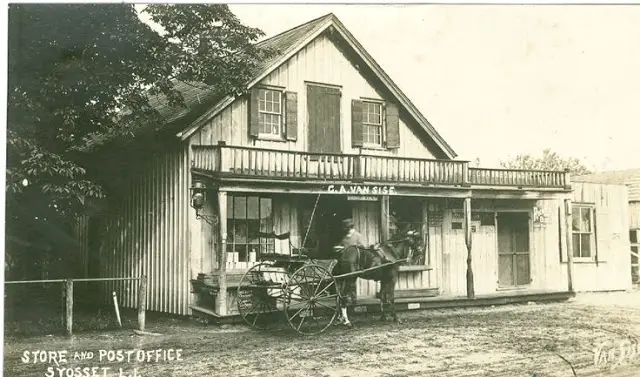
The post office system became a crucial infrastructure that connected these dispersed populations, facilitating the exchange of letters, news, and goods that were essential for maintaining social ties and conducting business.
Initially, post offices were sparse and mail delivery was inconsistent, especially in remote areas. However, the appointment of the Postmaster General as a cabinet-level position in 1829 underscored the government’s commitment to improving national communication networks.
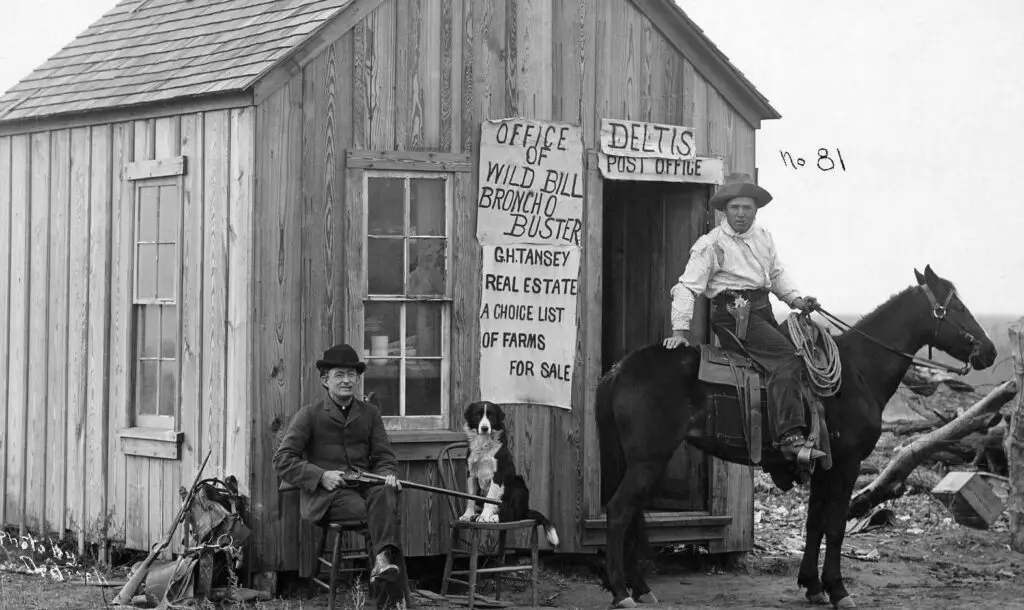
Innovations such as the introduction of the postage stamp in 1847, which standardized mailing costs, and the launch of the Pony Express in 1860, dramatically increased the efficiency and reliability of mail service. Despite the Pony Express’s short operational span, it became a symbol of the adventurous spirit of the American postal service, delivering mail over a vast 2,000-mile route from Missouri to California in record time.
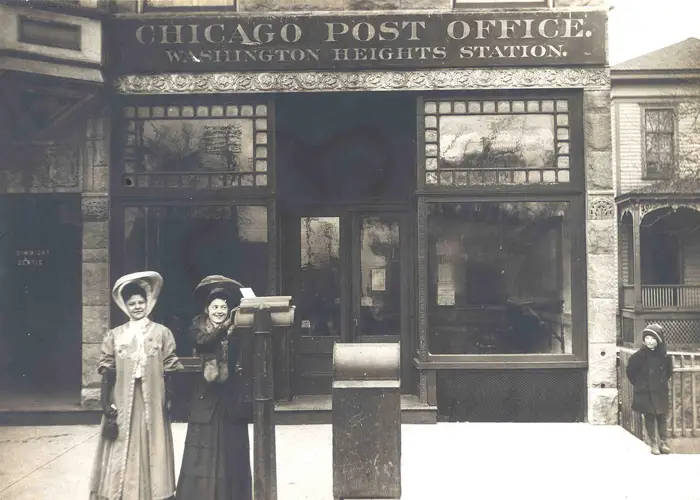
As the century progressed, the expansion of the railroad significantly enhanced the postal service’s capabilities. The establishment of the Railway Mail Service in 1864 allowed for faster and more reliable mail transport across long distances, linking the East and West coasts and supporting the growth of the American economy.
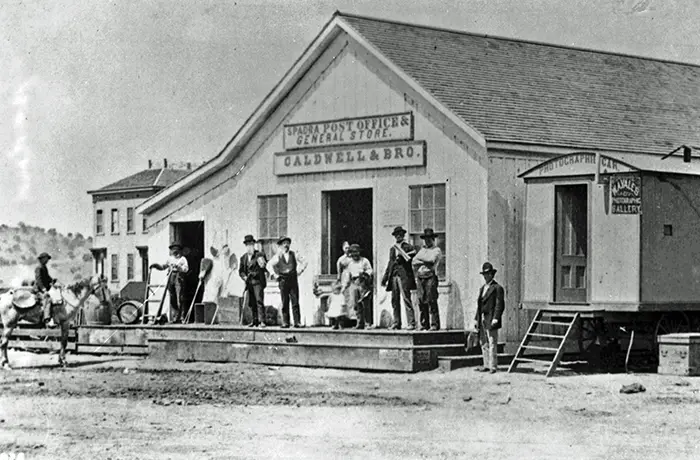
Post offices themselves became central hubs in communities, often housed in significant buildings that also served public functions or hosted federal offices. These spaces were where citizens gathered to send and receive mail, conduct government business, and stay informed about national and local news through newspapers and bulletins.
Pharmacy Stores
In the early part of the 1800s, pharmacies, often referred to as apothecaries, were typically run by a single pharmacist or a small partnership. These individuals were part pharmacist, part chemist, and part herbalist.

They compounded and dispensed medications from raw ingredients, advised patients on their use, and often provided general medical advice. The role of the pharmacist was crucial in communities, especially in areas where access to doctors was limited. These early pharmacies were more than just places to obtain medicine; they served as vital centers for health care guidance and community support.
Read more: Ajanta Caves Abandoned & Found 1500 Years Later by an Englishman
As the century progressed, the pharmacy profession began to see significant changes, spurred by advances in science and medicine. The discovery and isolation of active compounds from traditional plant-based remedies led to the development of more effective and consistent medications.
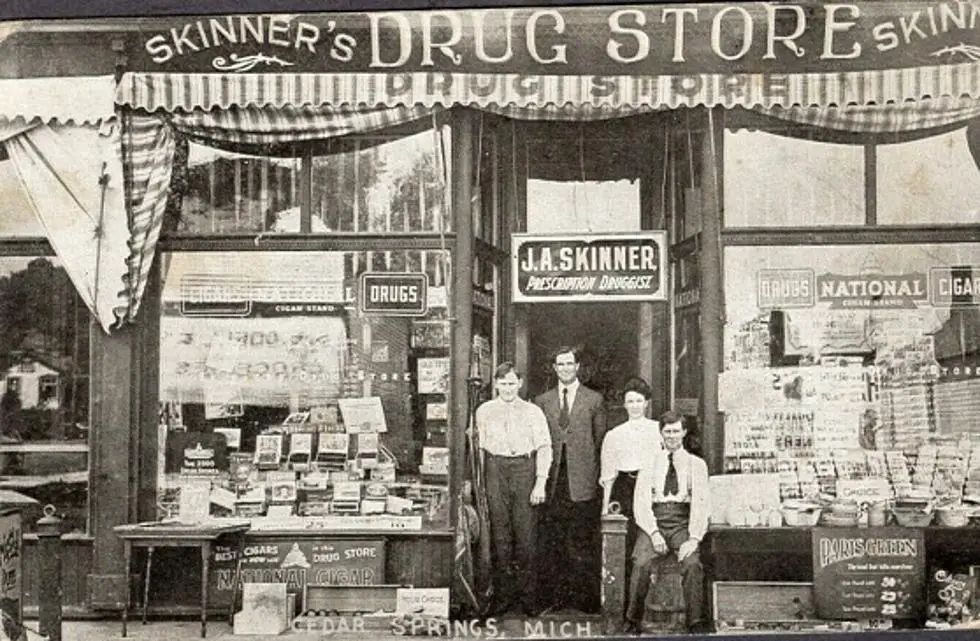
This period also saw the beginnings of the pharmaceutical industry, with companies starting to mass-produce and market drugs. This shift towards manufactured medicines gradually changed the role of the pharmacist from a maker of remedies to a dispenser of pharmaceutical products.
Despite this evolution, pharmacists remained trusted figures in their communities, responsible for ensuring the safety and appropriateness of medications for their patients.
Grocery Stores
In the United States during the 1800s, grocery stores were vastly different from the sprawling supermarkets and chains familiar to us today. Early in the century, grocery shopping was primarily done in small, general stores or through local markets and street vendors.
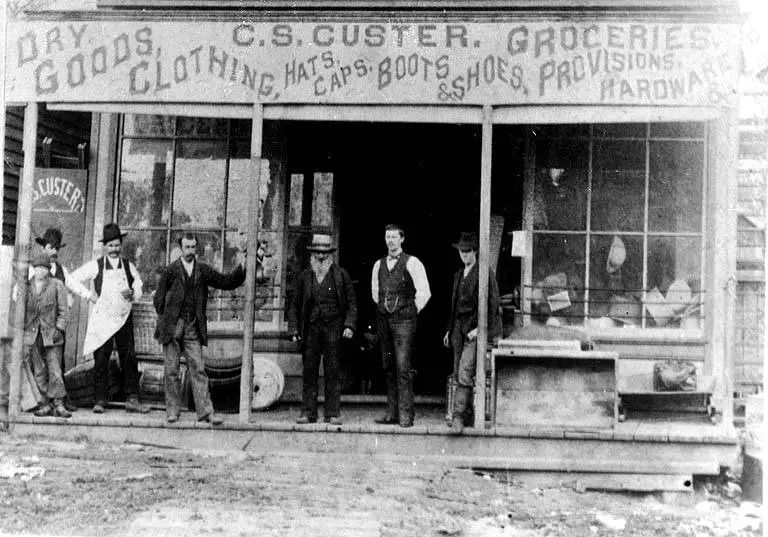
These general stores were crucial to the community, providing a place where people could purchase a variety of goods, from foodstuffs to hardware. Items were not pre-packaged or branded as they are now; instead, customers would buy bulk items like flour, sugar, and coffee, often bringing their own containers to carry their purchases home.
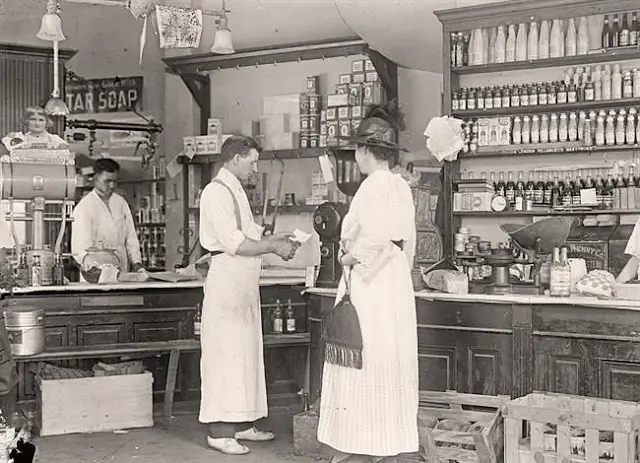
The personal interaction between shopkeepers and customers was integral, with shopkeepers often extending credit to trusted members of the community until they could pay at harvest time or when they had income.
As the century progressed, the landscape of grocery shopping began to change, particularly with the onset of the Industrial Revolution and the growth of urban centres. The increase in urban populations and the advent of new transportation technologies, such as the railroad, facilitated the movement of goods over greater distances.
This development allowed for the emergence of specialized food stores, including bakeries, butcher shops, and produce vendors, each offering a greater variety of fresh and prepared foods. Despite the specialization, these stores remained relatively small and locally owned, with a strong emphasis on customer service and quality goods.

